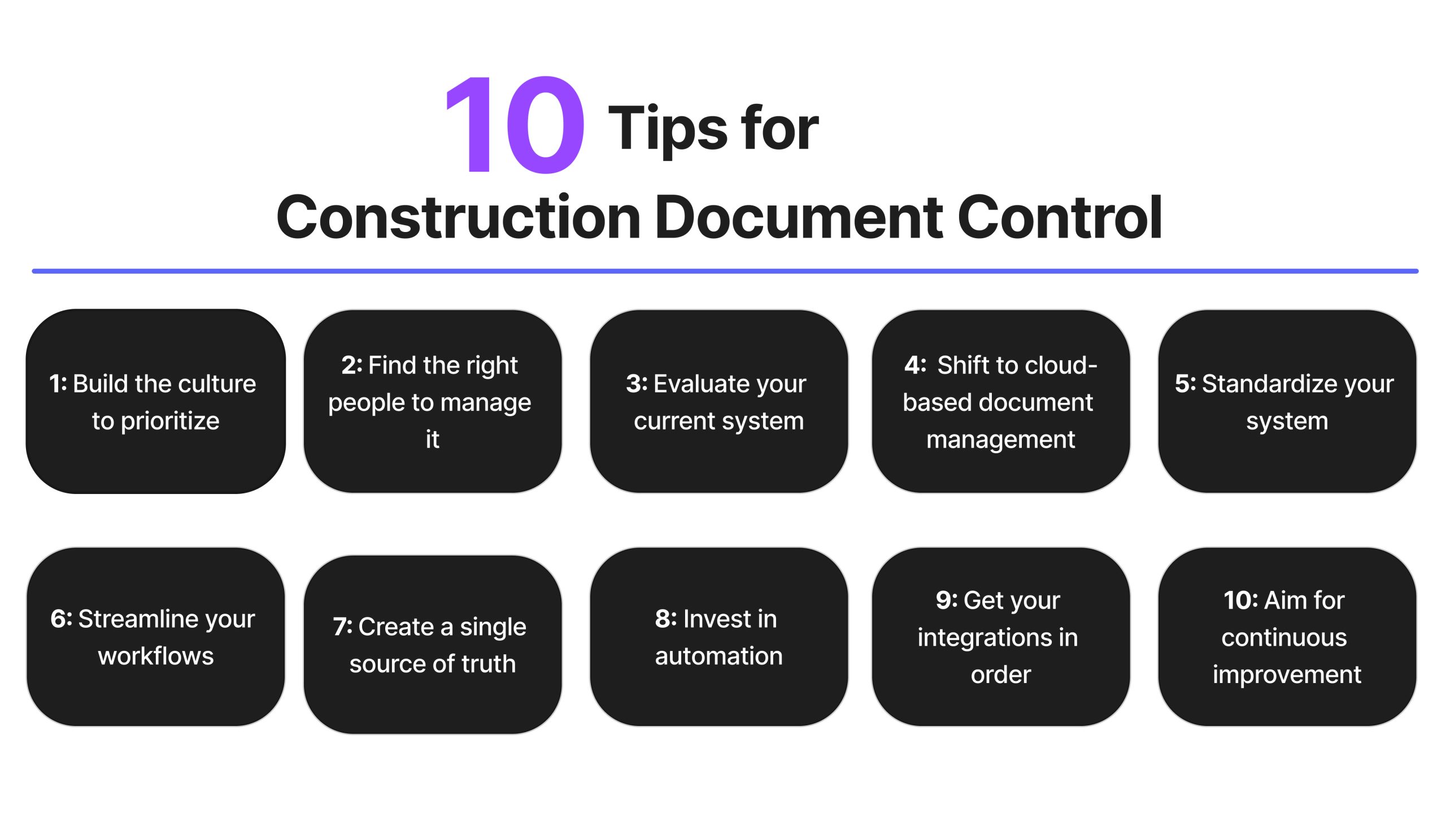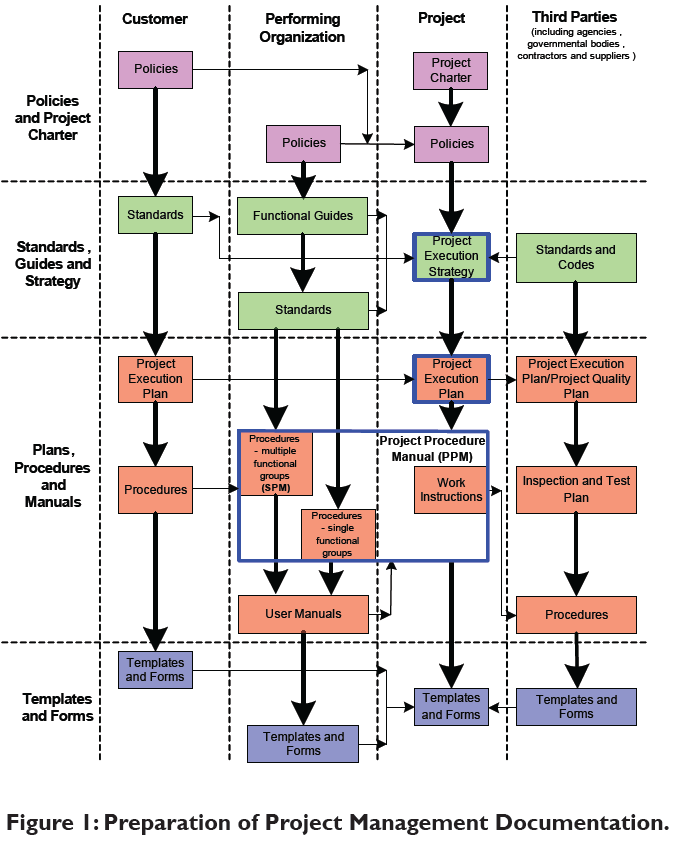Optimizing Task Partnership: Architect's Ideal Practices in Building File Monitoring
In the intricate world of building tasks, the reliable management of building records stands as a cornerstone for success. Engineers, with their meticulous focus to information and cutting-edge layout solutions, are tasked with coordinating a symphony of resources, timelines, and stakeholders. However, among this complexity exists an important question: exactly how can architects enhance collaboration procedures to boost task end results? By checking out crucial methods such as leveraging cloud-based systems, developing robust interaction methods, and guaranteeing data safety and security, engineers can elevate their file management methods to new elevations.
Leveraging Cloud-Based Systems
By transitioning from conventional paper-based systems to shadow solutions, architects can simplify partnership, improve record ease of access, and improve overall task performance. This accessibility advertises smooth communication and control amongst task stakeholders, leading to fewer mistakes and hold-ups in the building process.
Furthermore, cloud-based systems give a safe and secure environment for saving delicate project information, supplying security, regular backups, and customer approval setups to secure data integrity. Engineers can likewise gain from the scalability of cloud options, permitting them to adjust storage space capability and functionality based on project needs. On the whole, leveraging cloud-based systems empowers architects to maximize their building and construction record management procedures, driving greater collaboration, effectiveness, and success in their projects.
Carrying Out Variation Control Equipment
Having established the advantages of cloud-based platforms in building document management, designers can currently boost their file control processes by carrying out Version Control Equipment. Version Control Systems (VCS) are necessary devices that track modifications in files, making sure that employee are constantly functioning with the most recent and most precise information. By carrying out VCS, architects can keep a centralized repository where all task files are stored, enabling smooth collaboration while lessening the risk of mistakes and version conflicts.
This feature is specifically useful in building and construction projects where style iterations and adjustments are common. This transparency not only boosts responsibility however likewise assists in fixing conflicts or disparities that may arise throughout the task lifecycle.
Developing Communication Methods
To make certain efficient and efficient job sychronisation, designers must develop clear and durable interaction procedures within their building and construction record monitoring processes. This platform could be a project monitoring software program, email threads, or cloud-based storage space services.
Furthermore, communication procedures need to additionally consist of standards on how to take care of disputes, adjustment orders, and immediate problems that may develop during the task lifecycle. Developing a structured strategy to communication makes certain that all stakeholders get on the very same page, promotes transparency, and eventually adds to the effective completion of the building and construction project.
Using BIM Software Application for Sychronisation
BIM software plays an essential duty in enhancing sychronisation among job team participants in the building and construction industry. Building Information Modeling (BIM) promotes cooperation by offering a important site centralized system where engineers, engineers, go professionals, and various other stakeholders can collaborate in a coordinated manner. With BIM software program, job individuals can access and upgrade a shared version which contains comprehensive information about the building layout, building and construction parts, and task timetables.

In addition, BIM software enables real-time collaboration and communication amongst staff member, despite their physical place. Via cloud-based BIM platforms, project stakeholders can access the latest project info, track modifications, and make informed decisions promptly. In general, leveraging BIM software program for sychronisation improves job performance, efficiency, and inevitably brings about effective task outcomes.
Ensuring Data Protection and Compliance
In the world of construction document administration, guarding information honesty and guaranteeing governing compliance are extremely important factors to consider for designers and other job stakeholders. Architects should apply robust safety procedures to protect delicate task info from unauthorized access or breaches.

Verdict
In conclusion, architects can maximize project partnership in building document monitoring by leveraging cloud-based platforms, executing version control systems, establishing interaction protocols, making use of BIM software application for coordination, and guaranteeing data security and conformity. These ideal practices help streamline the building procedure, boost interaction amongst task stakeholders, and improve efficiency in task shipment. By following these standards, engineers visit site can effectively handle building and construction papers and assist in successful job end results.
Through BIM software application, project participants can access and update a common design that contains in-depth info regarding the structure style, construction parts, and task schedules.
Through cloud-based BIM platforms, project stakeholders can access the most current job information, track modifications, and make informed decisions immediately - construction document management. On the whole, leveraging BIM software program for control improves job performance, performance, and eventually leads to successful job end results
In conclusion, engineers can optimize job collaboration in building file management by leveraging cloud-based systems, carrying out version control systems, developing communication protocols, making use of BIM software application for coordination, and making certain data safety and security and conformity. These ideal practices help simplify the building and construction process, improve interaction amongst project stakeholders, and improve efficiency in task delivery.